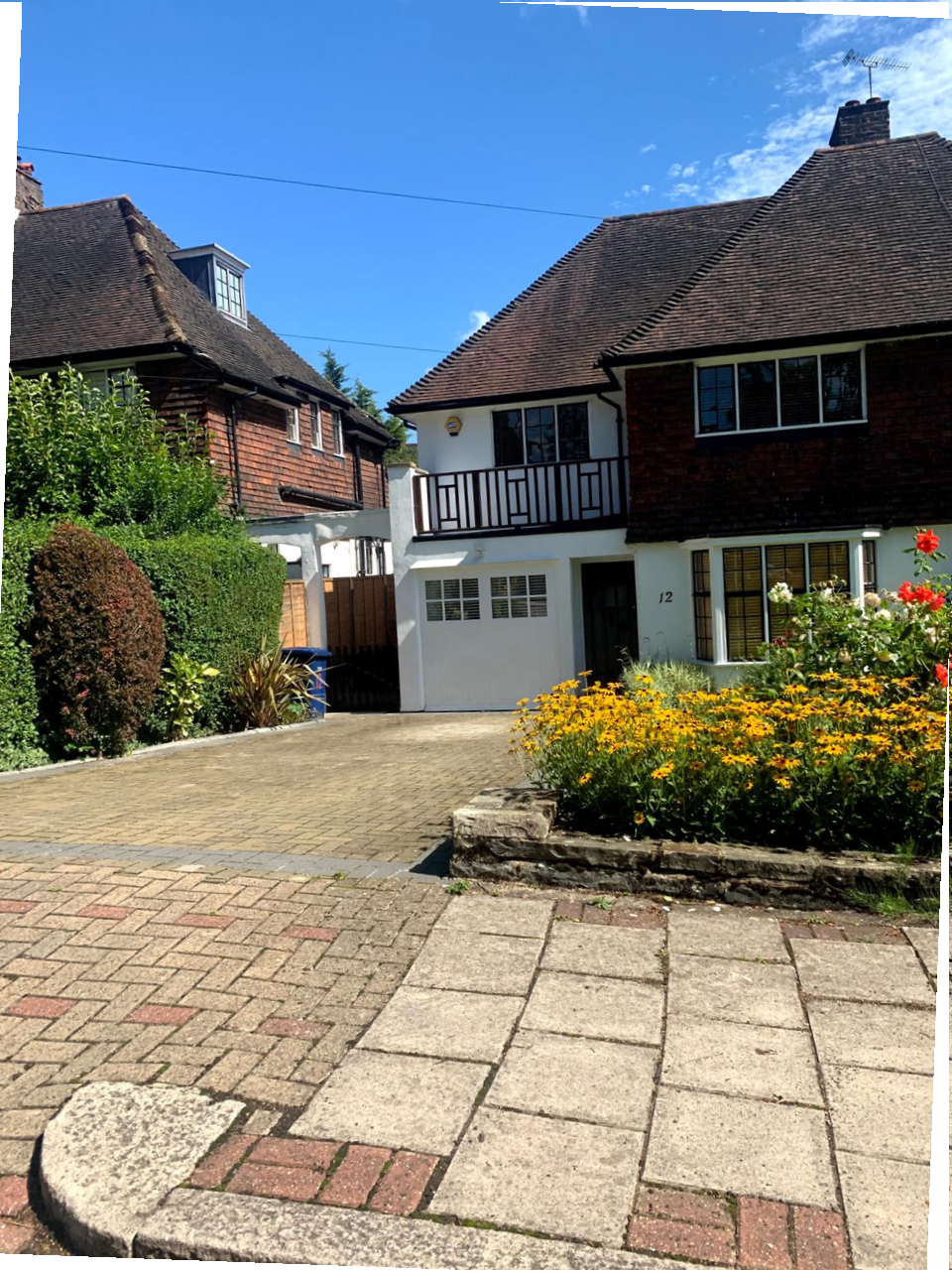Notifiability under the Party Wall etc. Act 1996: Understanding Your Proposals
The Party Wall etc. Act 1996 is a crucial piece of legislation in the United Kingdom that regulates construction and renovation projects that might impact party walls, boundary walls, and excavations near neighboring properties. Before commencing such projects, it's essential to determine whether your proposals fall under the Act's notifiable categories. In this article, we will explore various scenarios and provide insight into whether they require notification under the Party Wall, etc. Act 1996.
Understanding the Act's Scope
The Party Wall etc. Act 1996 applies to various construction and renovation activities, including building on or near party walls, excavations near neighboring structures, and modifications to shared structures. The Act's primary purpose is to ensure that proper procedures are followed to prevent disputes and potential damage between property owners.
Building a New Wall
If your proposal involves building a new wall on the boundary between your property and your neighbor's property, the Party Wall Act might be applicable. Constructing a new wall astride a boundary or entirely on your land but up against the boundary could affect your neighbor's property rights. In this case, you need to serve a notice under the Act.
Structural Alterations to Party Walls
If your project entails making structural changes to an existing party wall, such as cutting into the wall, removing part of it, or raising its height, you are required to serve notice to your affected neighbors. These alterations can impact the stability and integrity of the wall, which is why notifying your neighbors is essential.
Excavations Near a Party Wall
Excavations near a party wall or within prescribed distances from your neighbor's property may trigger the Act's notifiable provisions. Excavations can weaken the foundation and stability of the adjoining properties, potentially causing subsidence or other damage. Thus, before undertaking any excavation work, it's important to serve the appropriate notice to your neighbors.
Notification Process
To ensure compliance with the Party Wall etc. Act 1996, you need to follow a structured notification process. You should serve a formal notice to your neighbors, outlining the details of your proposals and the potential impact on their property. The notice should be served a specific number of days before the proposed start date of the work, allowing your neighbors time to consider the proposals and respond.
Responses from Neighbors
Upon receiving your notice, your neighbors have the option to respond in one of three ways:
- Consent: If your neighbors provide written consent to your proposals, you can proceed with the work as planned.
- Dissent: If your neighbors have concerns or objections, they can dissent to your proposals. In this case, a Party Wall Award might be required, outlining the conditions under which the work can proceed.
- No Response: If your neighbors do not respond within the specified timeframe, a dispute might be considered as unresolved. In such cases, you should seek professional advice to ensure you are in compliance with the Act.
Understanding whether your proposals are notifiable under the Party Wall etc. Act 1996 is crucial to maintaining harmonious relationships with your neighbors and avoiding potential legal disputes. Whether it involves building new walls, making structural alterations, or excavating near party walls, adhering to the Act's notification process is a legal requirement. Before embarking on your construction or renovation project, it's recommended to seek advice from a qualified surveyor or legal professional to ensure proper compliance with the Act's provisions. By doing so, you can proceed with your project while fostering positive neighborly relations and adhering to legal requirements.
For more information call us at 020 3875 9279 or email us.









